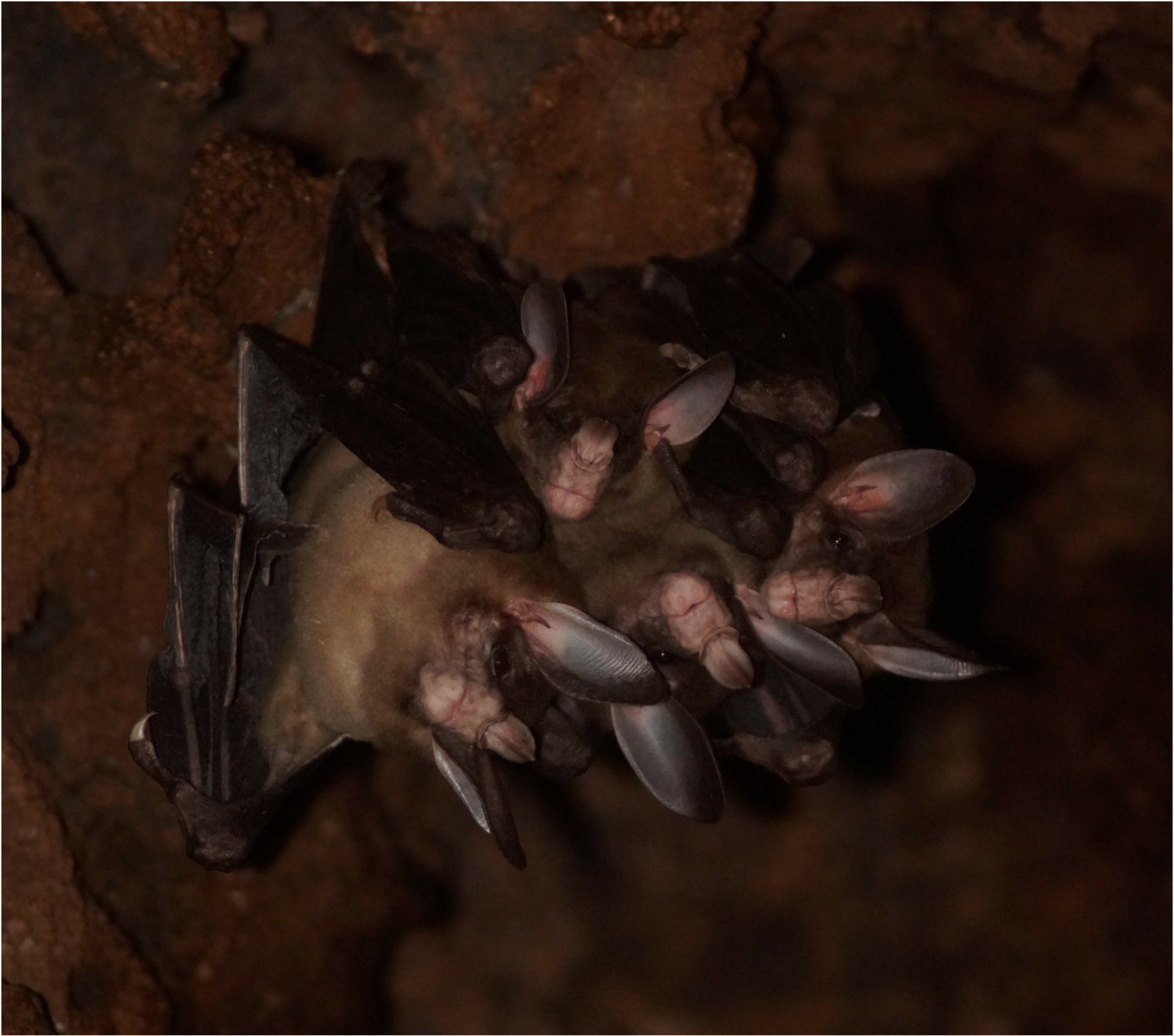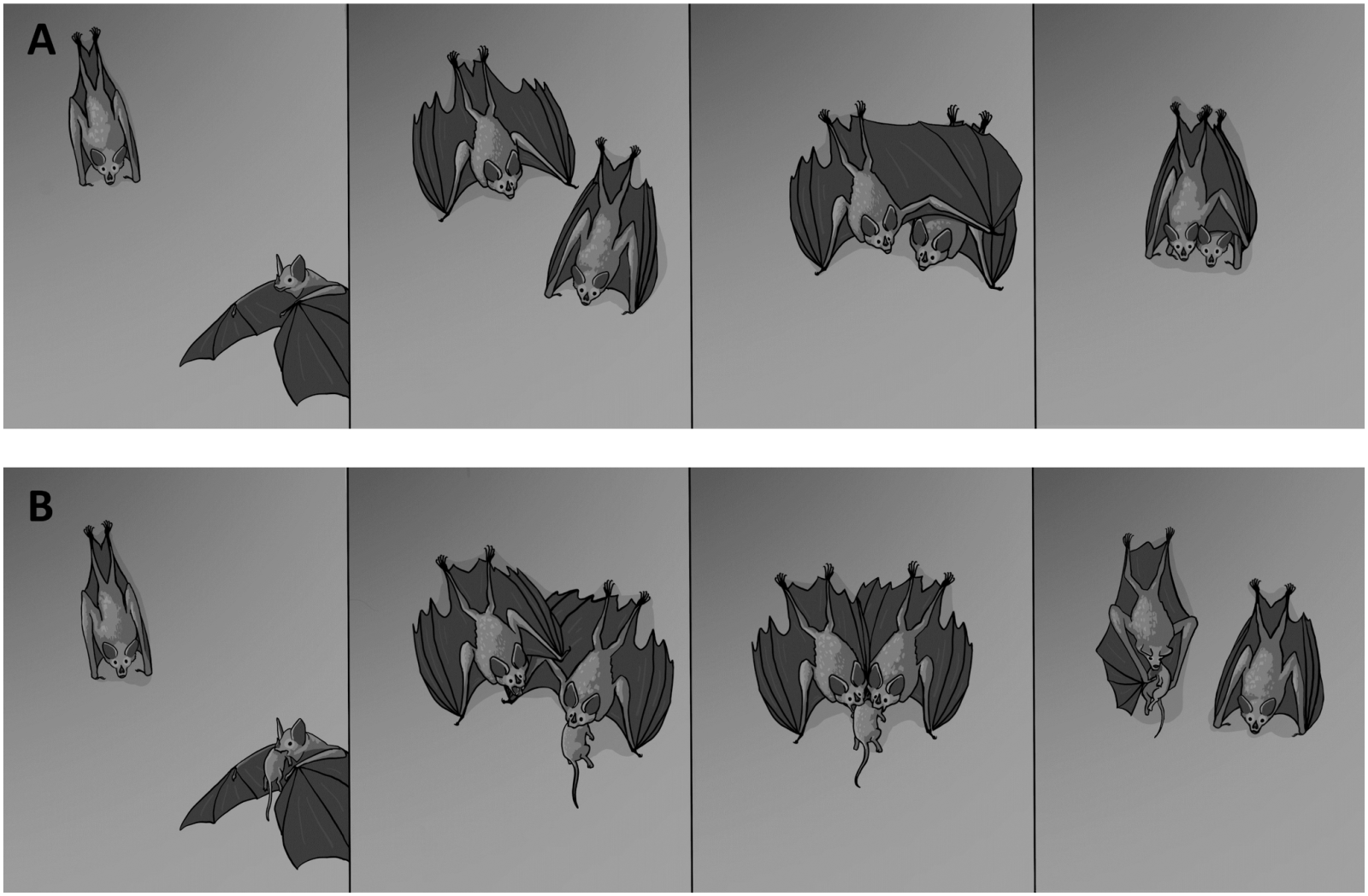Follow us on Google News (click on ☆)
Little studied until now due to their nocturnal lifestyle, the spectral bat (Vampyrum spectrum, also called Linnaeus's false vampire bat) now intrigues researchers. Far from the solitary image attributed to them, they reveal unexpected cooperative and tender behaviors, now documented through a study conducted in Costa Rica and published in PLOS ONE.

Roost with four individuals (likely a male, a female, and two young).
Unprecedented observations in the heart of the forest
In a hollow tree trunk in the Guanacaste forest, a family composed of two adults and two young was followed for three months using an infrared camera. Researchers recorded 502 sequences, 73 of which revealed various social interactions. These images allowed them to catalog eight types of behaviors, ranging from play to food sharing.
Mutual grooming, soft vocalizations, and welcoming gestures marked the group's daily life. Each return from hunting gave rise to a greeting where wings intertwined. These frequent contacts contribute to maintaining family bonds and strengthen group cohesion.
Rest periods offered the most surprising scene: the animals slept in a compact ball, nose to nose, each individual wrapping their neighbor with a wing. This arrangement, described as a "cuddle ball," reflects an emotional attachment rarely documented in carnivorous mammals.

A: Illustration of greeting behavior;
B: Illustration of prey provisioning behavior.
Illustration credit: Paulo C. Ditzel.
An unusual parental cooperation
The videos showed adults bringing back prey and offering it to other group members. This food sharing facilitated the weaning of the young and helped them learn to handle their future prey. The nursing female also received pieces of meat brought by her partner.
The simultaneous presence of two young of different ages confirmed prolonged parental investment. The adults stayed with their young much longer than previously thought for this species. This continuity highlights a patient and coordinated educational strategy.
The cooperation between male and female, associated with a monogamous organization, brings this bat closer to behaviors more common in birds than in carnivorous mammals. This lifestyle challenges the idea of completely solitary and asocial predators.